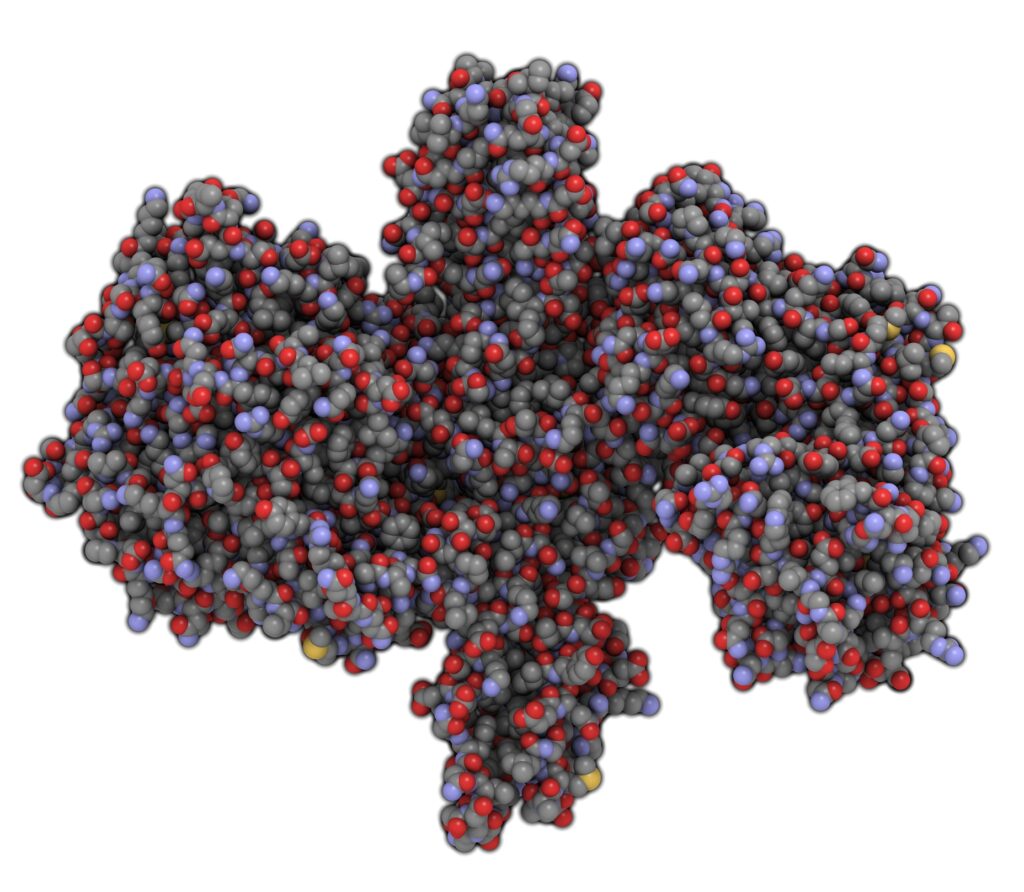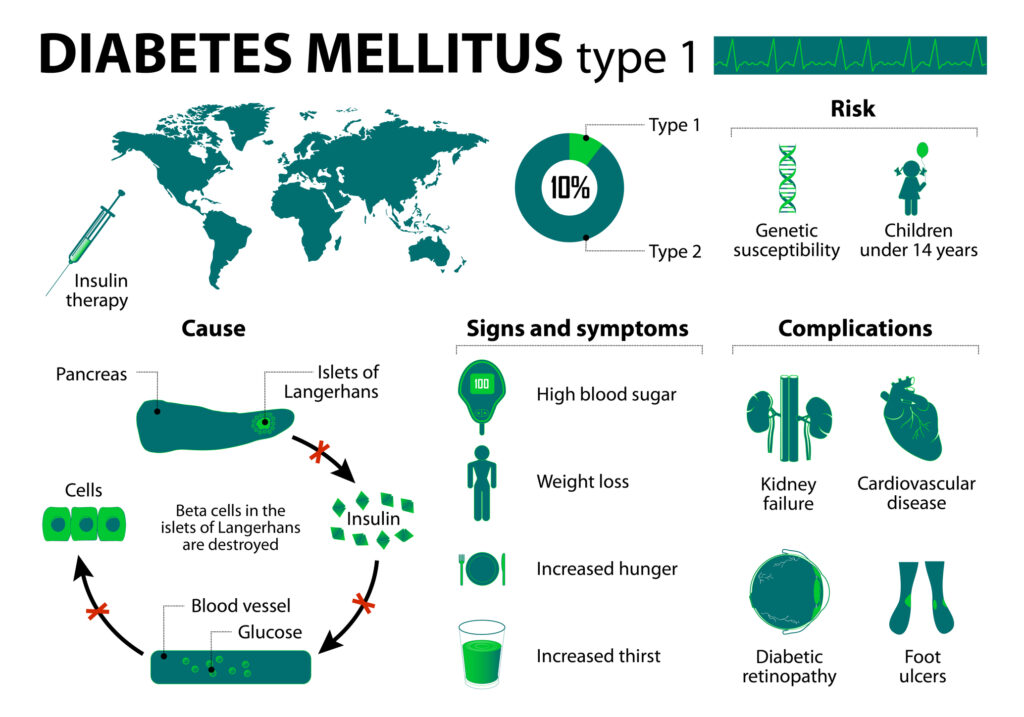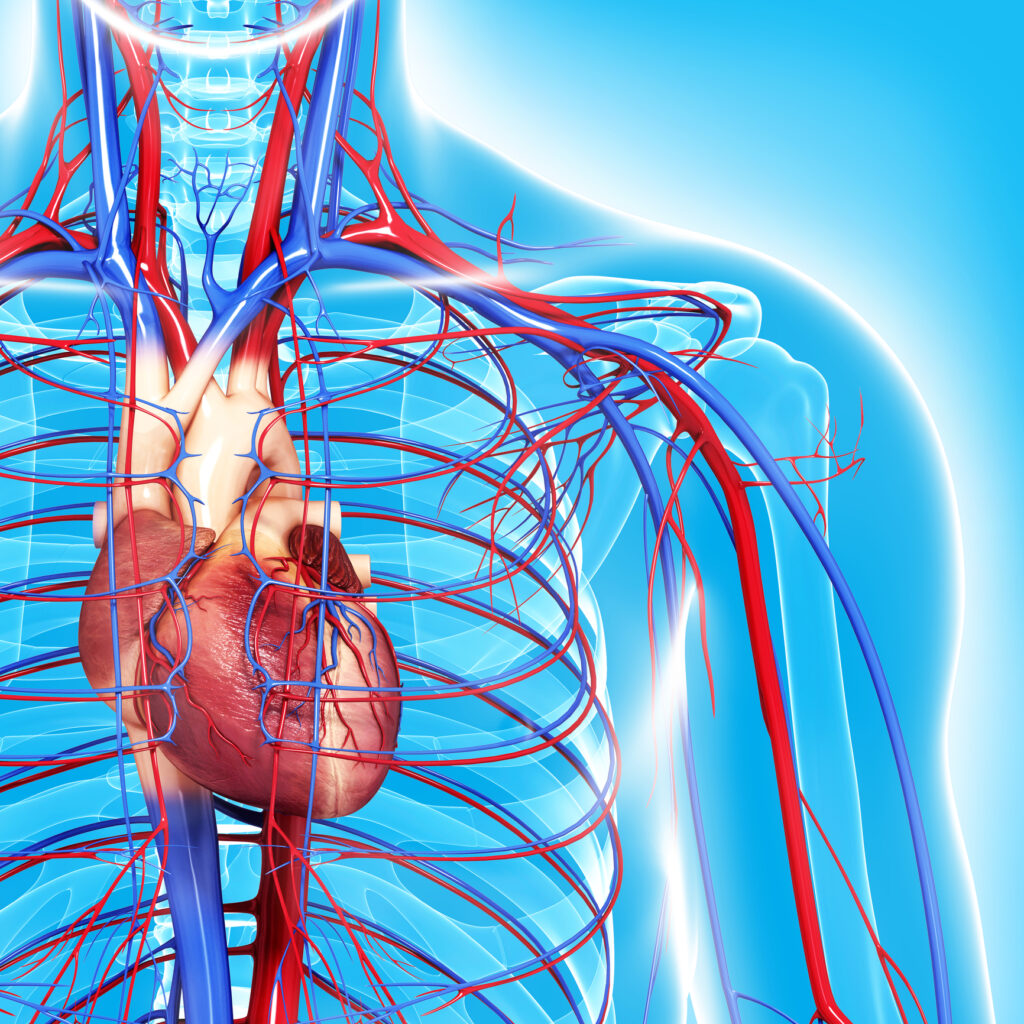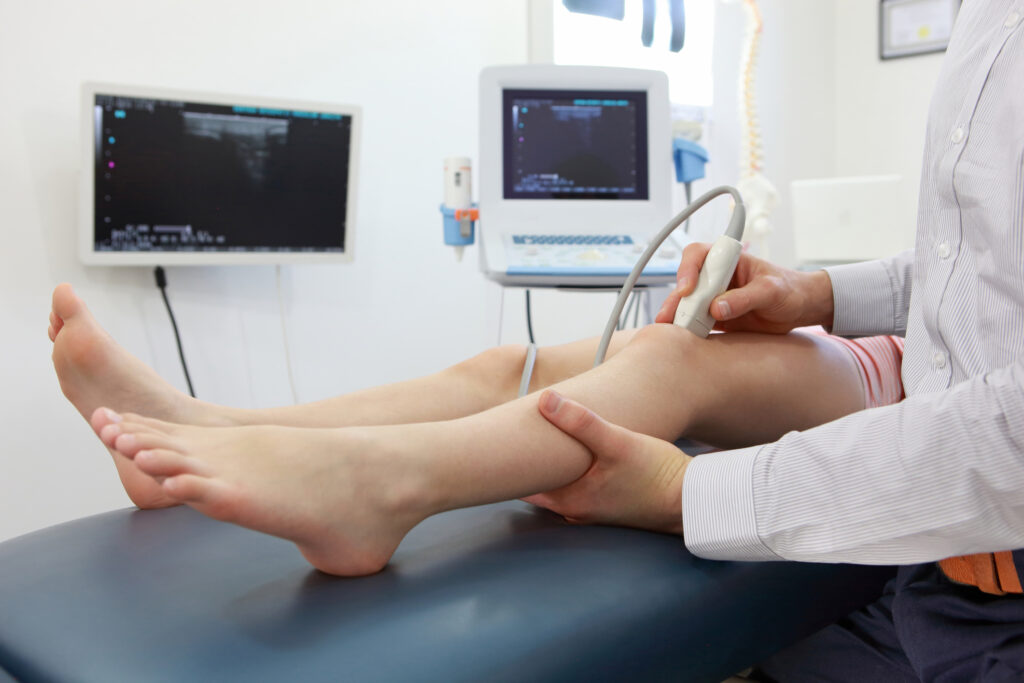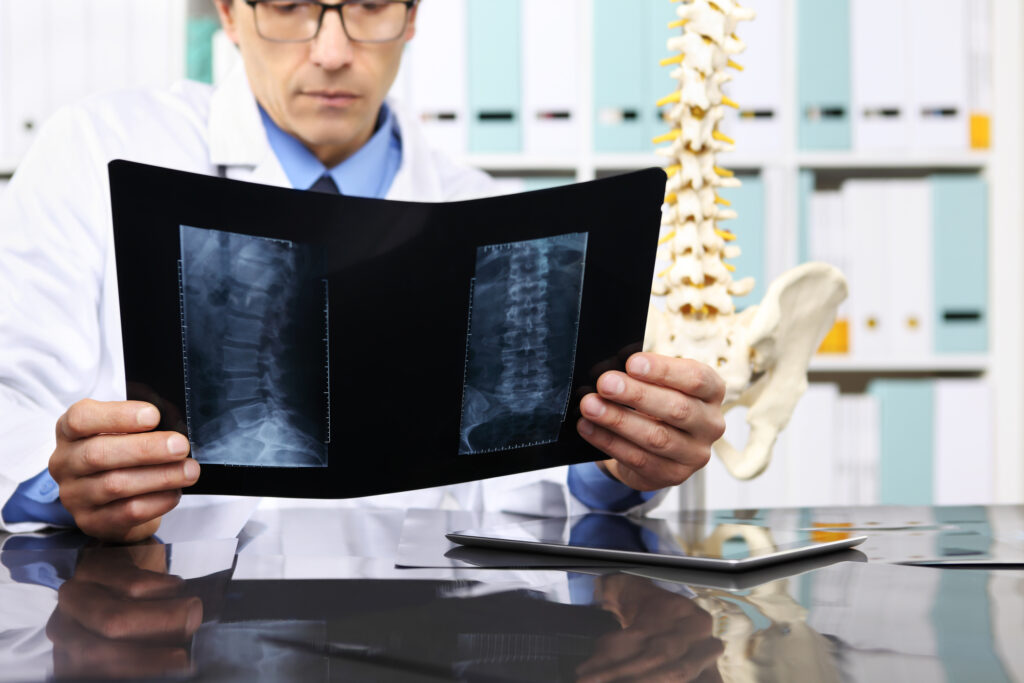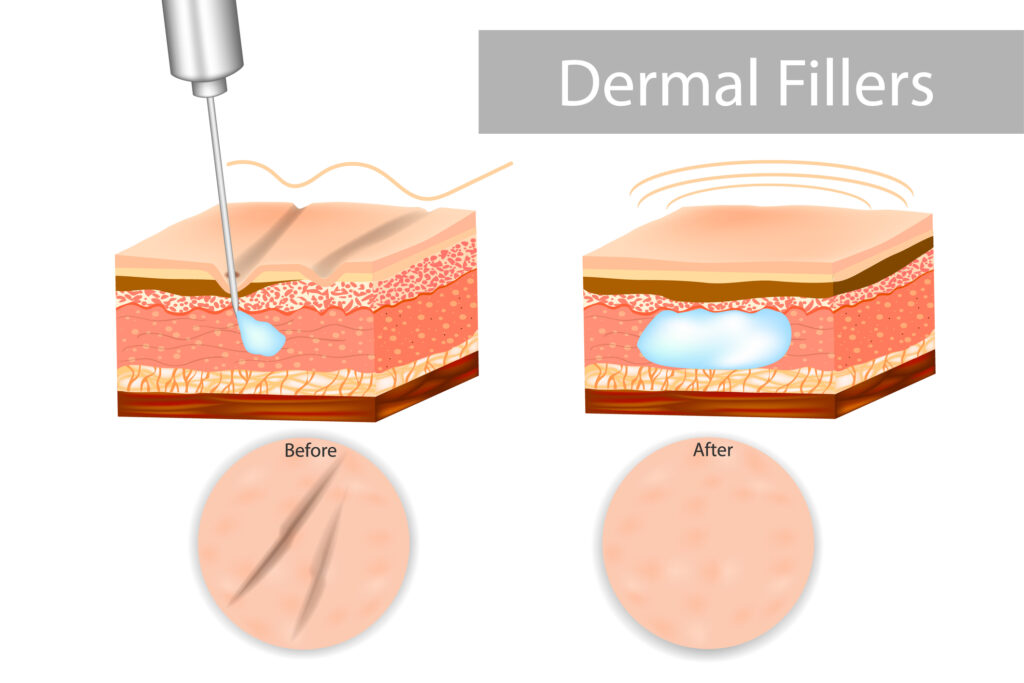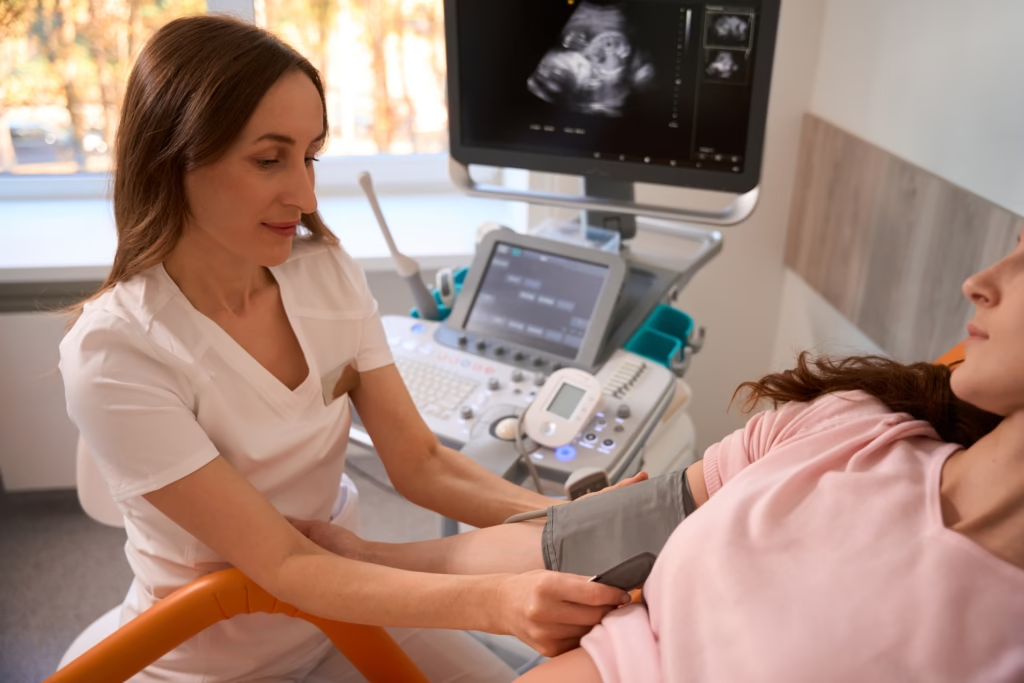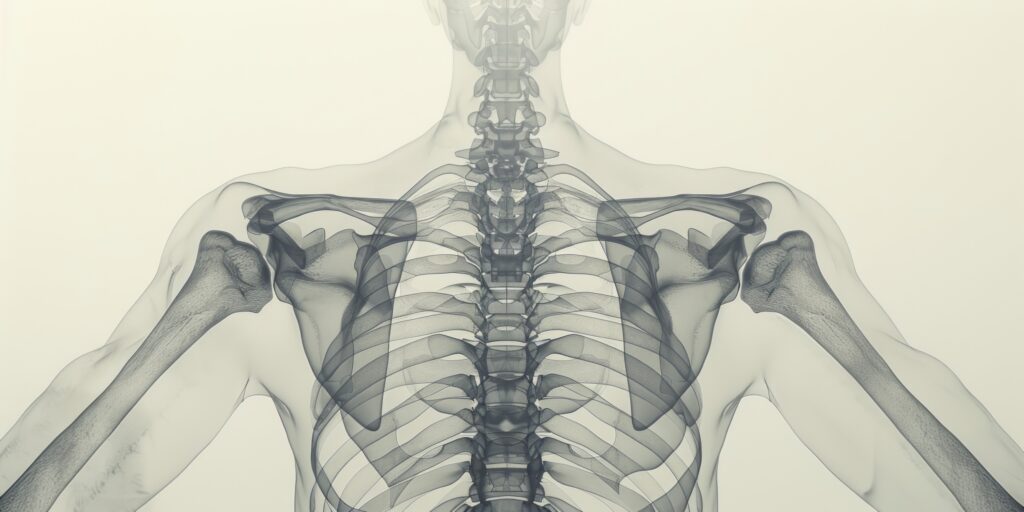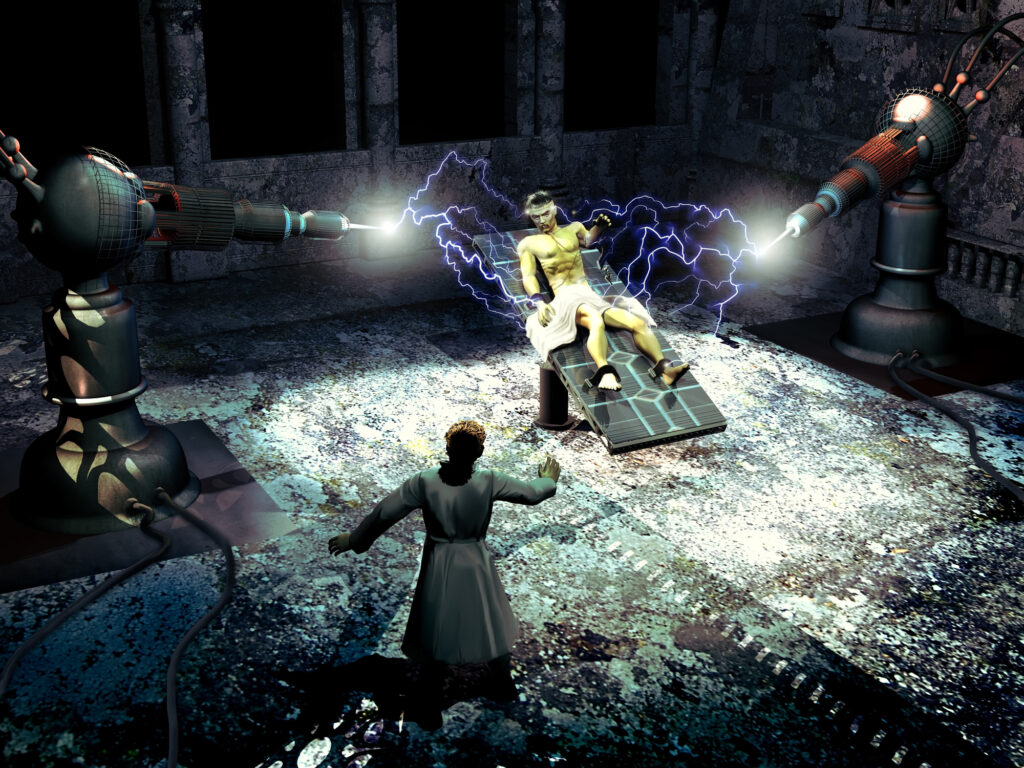Human Body
The human body is a dynamic machine made of materials of outstanding quality and endurance. However, this is not the case; genetic and environmental factors have a role in our longevity.
The workings of the human body have always been an interest, and during the fourteenth and fifteenth centuries, detailed anatomical drawings began to appear by the anatomists Leonardo da Vinci (1452-1519) and Andreas Vesalius (1514-1564).
At the time, medical schools began to teach anatomy using human dissection. Grave robbers supplied these cadavers until the law enabled medical students to dissect the corpses of criminals or bodies donated for research. Elements of this practice remained in place until the nineteenth century when non-surgical methods were discovered to look inside the human body.
This new imaging revolution began when Wilhelm Röntgen (1845–1923) discovered a ray when experimenting with an electric current that left an outline of his bones on a metal-coated screen. Then, in 1895, Röntgen made the first X-ray of his wife’s hand, which gave way to applying X-rays to detect a range of injuries and diseases.
For this important discovery, Röntgen was awarded the first Nobel Prize for physics in 1901 for his work on X-rays. Advancements in X-ray technology throughout the decades have invented more sophisticated imaging techniques. Subsequently, the X-ray remains central in medical imaging, especially for viewing fractures and dentistry.
However, during the earlier X-rays, disadvantages were due to both the patient’s and the radiographer’s irradiation. This problem was solved using attenuated X-rays and proper shielding to reduce radiation and exposure. The limitation of the diagnostic X-ray was the depiction of the 2-D image of a regional part of the body from a single angle.
However, recent medical imaging technologies can use data analysed by computer systems to produce 3-D images of body functions. This approach was the basis of tomography by imaging the human body in sections: the non-invasive imaging technique computed tomography. This technique uses computers to analyse several cross-sectional X-rays to produce details about structures within the body. The method was invented by the British engineer Godfrey Hounsfield of EMI Laboratories, England, in 1972.
The computed tomography principle is based on X-rays passing through the body, where they are absorbed or reflected at different levels. During the procedure, the patient lies on a moveable bed that is transported to a computerised axial tomography (CAT) scanner, which rotates 360 degrees around the patient while taking X-ray images. The resultant images are combined to obtain a 2-D slice.
With more advanced computer systems and software, computed tomography scanning has become a routine diagnostic tool for evaluating disease state. CT imaging is essential for scanning the brain and thorax and can measure down to a millimetre.
However, the major disadvantage of CT scanning is that it exposes patients to a larger radiation dose than X-rays. Another scanner which does not use radiation is magnetic resonance imaging (MRI). This non-invasive medical imaging technique is based on the interaction of matter exposed to magnetic fields and radio waves to emit radio signals.
In 1970, Raymond Damadian discovered that malignant tissue produced different signals than healthy body tissue. This observation facilitated the first clinical scanner in the 1980s, setting the foundation for functional magnetic resonance imaging (fMRI), which is used to detect blood flow concentration in certain body parts.
You are here:
home » human body


